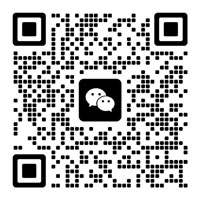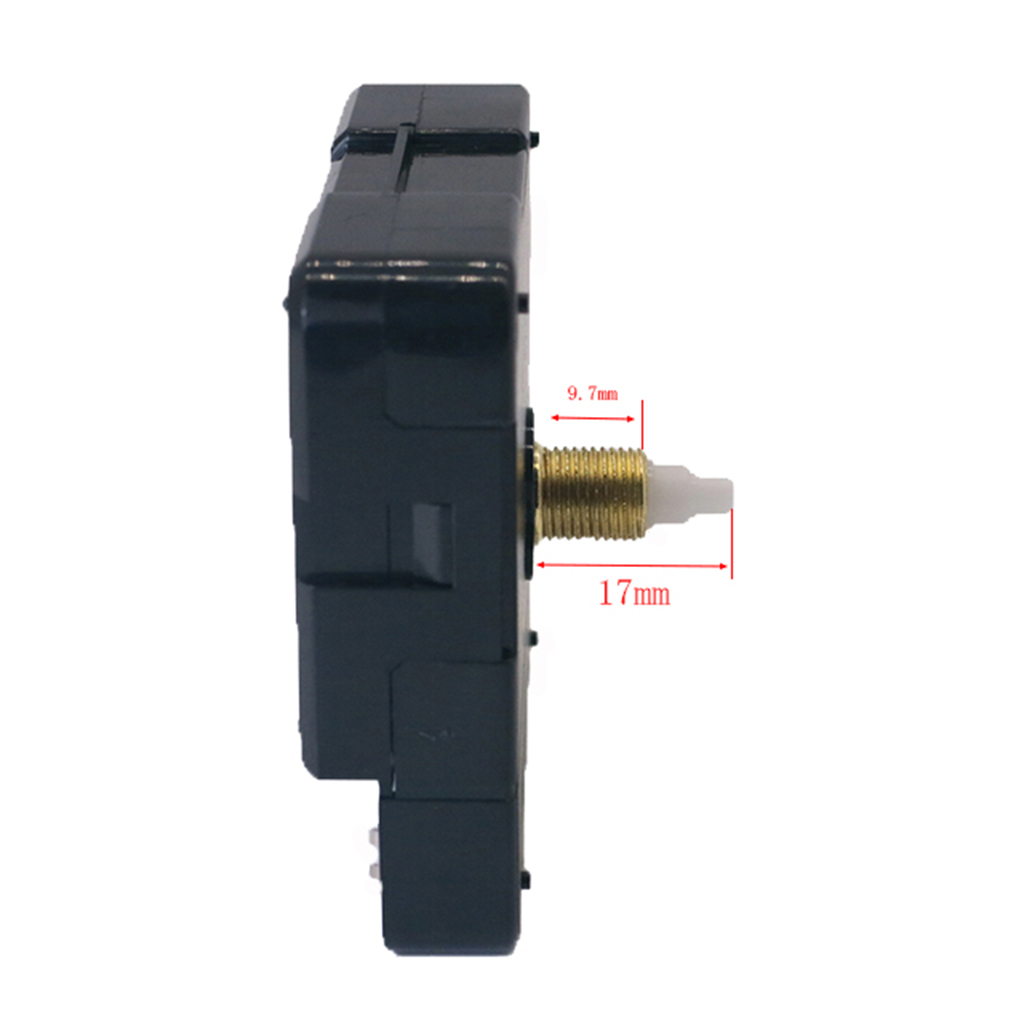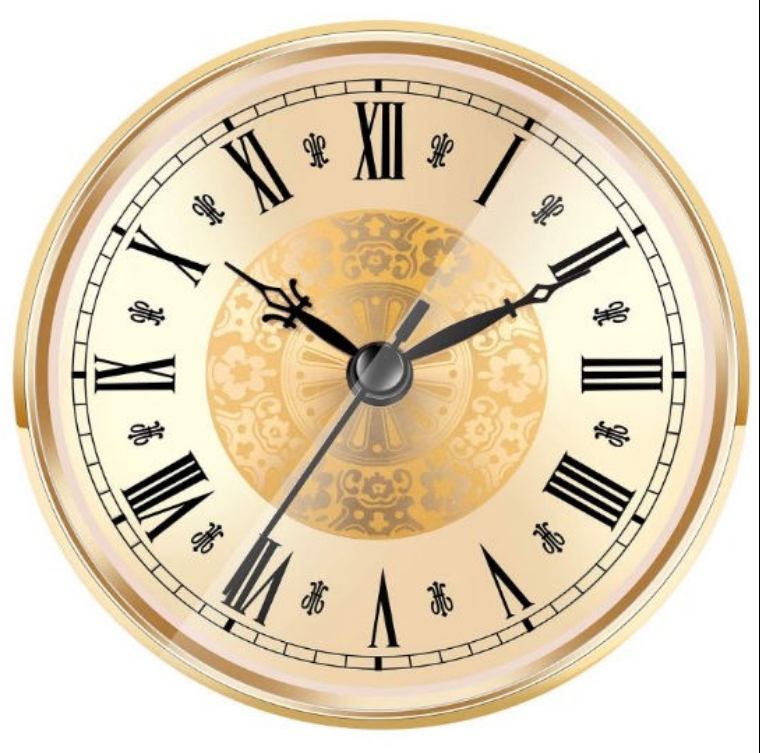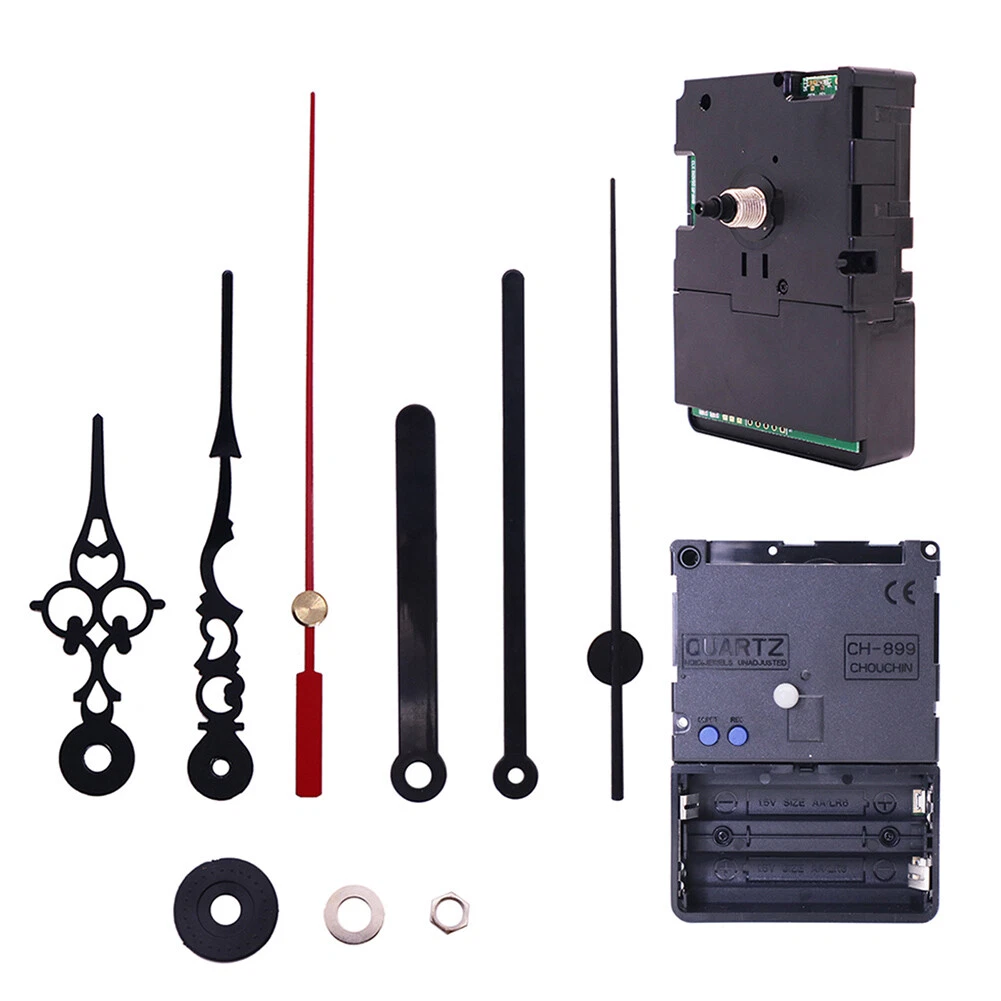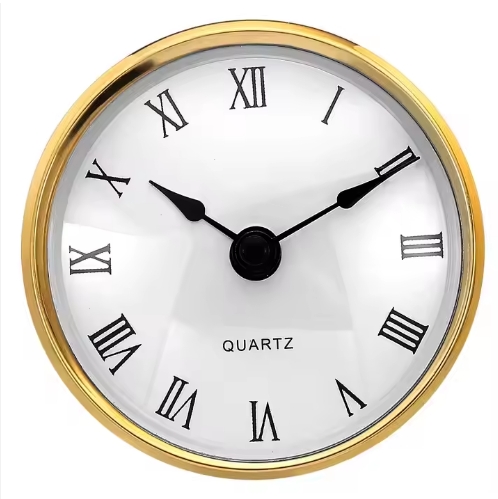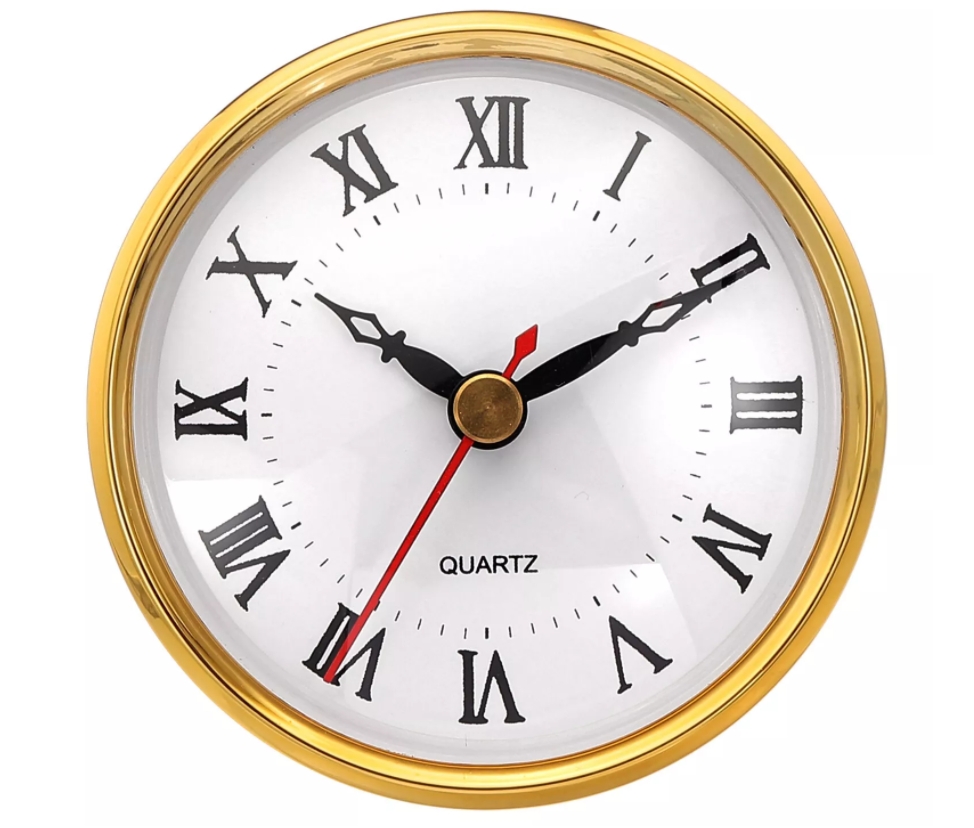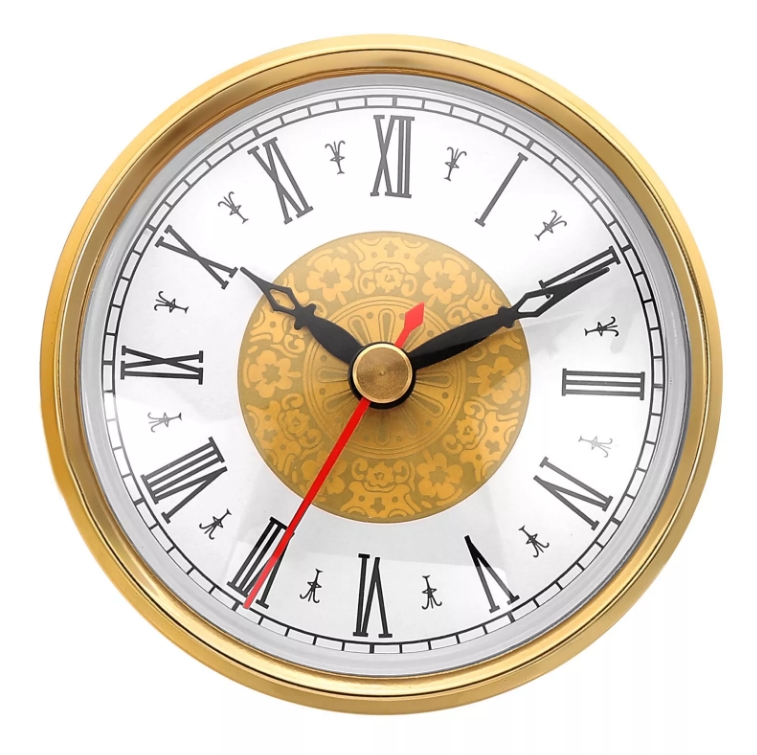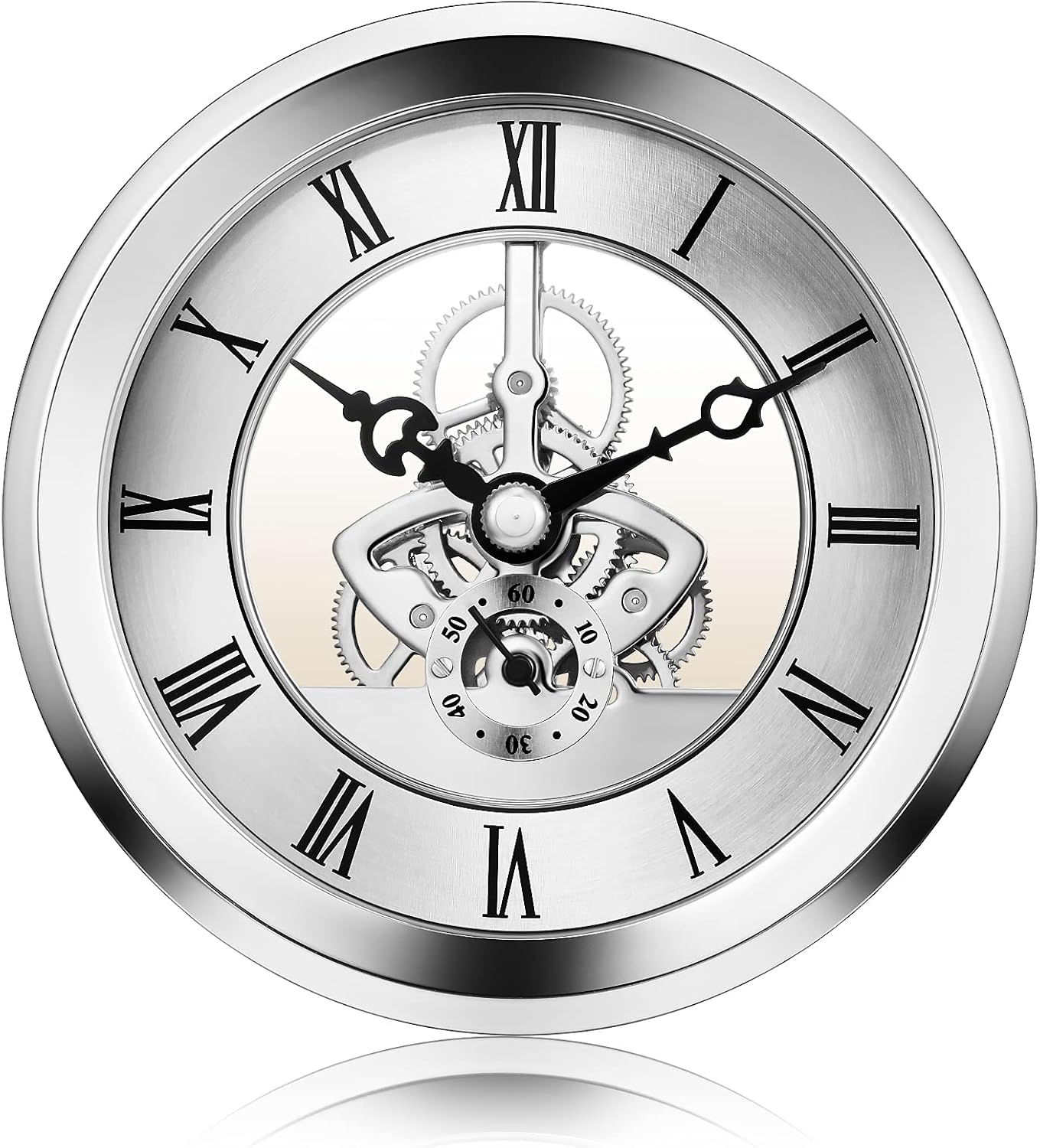



A clock is an instrument for measuring time and for measuring time intervals of less than a day. Those used for technical purposes, of very high accuracy, are usually called chronometers. The clock in its most common modern form (in use since at least the 14th century) displays the hours, minutes and, sometimes, seconds that pass during a twelve- or twenty-four-hour period.
The clock is one of the oldest human inventions, requiring a physical process that will proceed at a known rate and a way to gauge how long that process has run. As the seasons and the phases of the moon can be used to measure the passage of longer periods of time, shorter processes had to be used to measure off hours and minutes.
Clockmakers developed their art in various ways. Building smaller clocks was a technical challenge, as was improving accuracy and reliability. Clocks could be impressive showpieces to demonstrate skilled craftsmanship, or less expensive, mass-produced items for domestic use. The escapement in particular was an important factor affecting the clock’s accuracy, so many different mechanisms were tried.
- Sweep clock movement
- Clock hands
- High torque clock movement
- Skeleton clock movement
- Radio controlled clocks
- Pendulum clock movement
- 24 hours clock movement
- Tide clock movement
- DIY clock movement
- Round clock movement
- Quartz clock movement
- Clock inserts
- Watch inserts
- Clock parts
- Clock dials
- Wall clocks
- Plastic clock movements
- Toy clock movements
- Hook clock movement
- Alarm clock
- Clock movement
- Movements package
- Clock hands catalog



Sitemap Admin Powered by: hkwww.cn
Tel: 86-769-85532891 E-mail: talent@hengrongclock.com.cn http://www.clockmovements.cn
Keywords: clock movement, clock parts, clock hands, clock mechanism, clock accessories, cuckoo clock, alarm clock, insert clock
